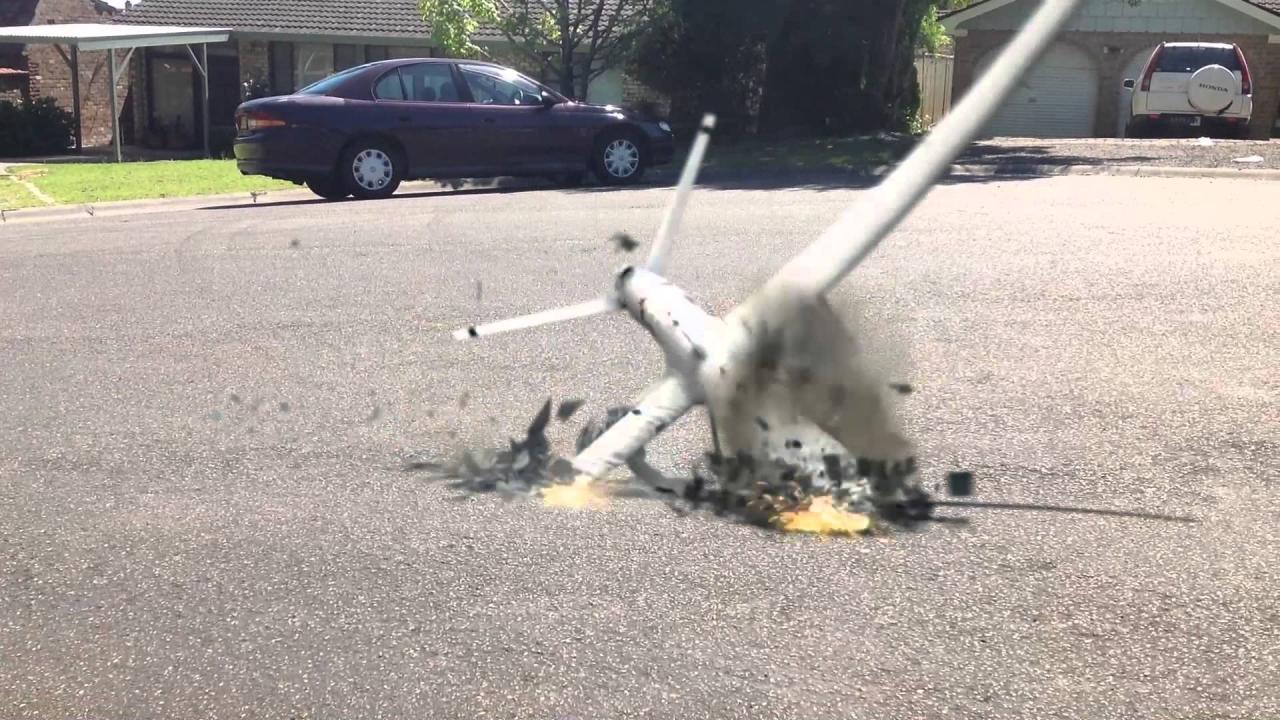Drone show crash: The breathtaking spectacle of synchronized drones suddenly turning into a chaotic mess of falling lights and broken technology. It’s a scenario that highlights the inherent risks in this rapidly evolving entertainment industry. This guide delves into the various causes of drone show failures, explores safety protocols, and examines the consequences of these spectacular, yet potentially disastrous, events.
From software glitches and hardware malfunctions to pilot error and unforeseen environmental factors, we’ll dissect the complexities behind drone show crashes. We’ll also explore the legal and financial ramifications, examine preventative measures, and learn from past incidents to improve future drone show safety and prevent similar occurrences. Get ready for a deep dive into the world of aerial acrobatics and the crucial measures needed to keep these spectacular shows safe.
Drone Show Crashes: Understanding Causes, Prevention, and Consequences
Drone shows, while visually stunning, carry inherent risks. Understanding the various factors that can lead to crashes is crucial for ensuring the safety of both the audience and the equipment. This article explores the types of crashes, safety protocols, consequences, technological advancements, and lessons learned from past incidents.
Types of Drone Show Crashes
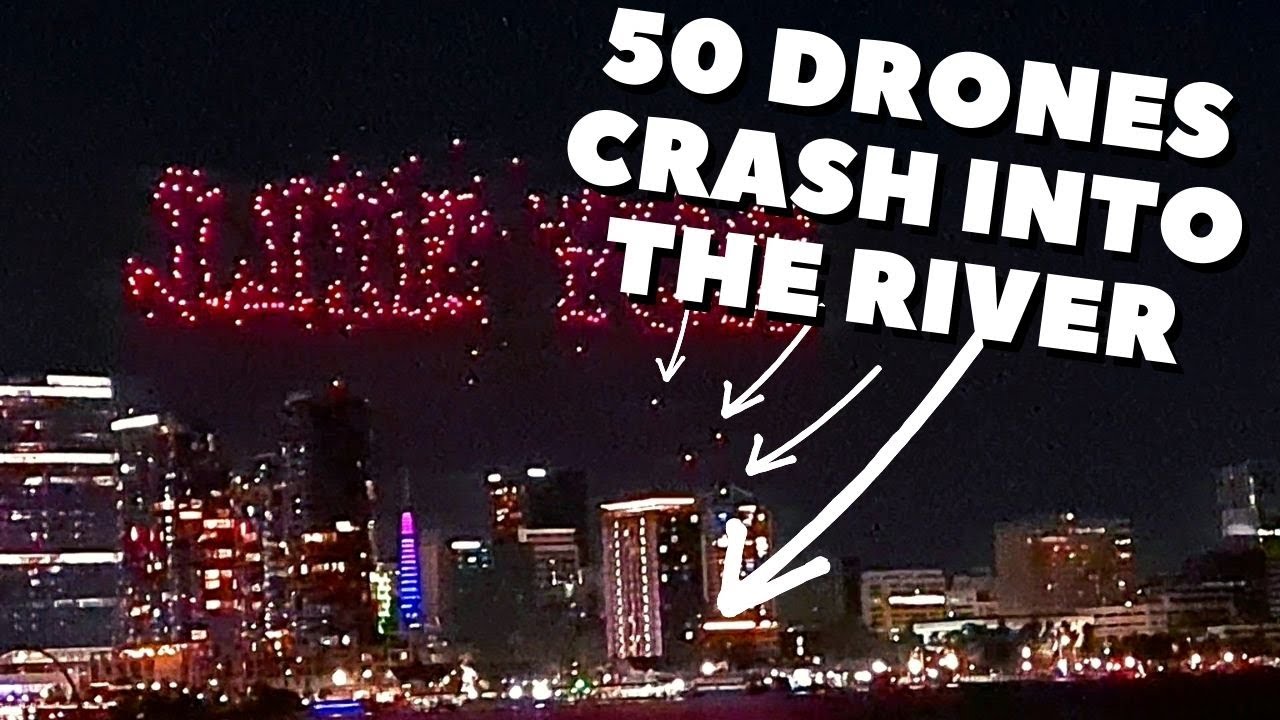
Drone show crashes can stem from a variety of sources, broadly categorized as software malfunctions, hardware failures, pilot error, and environmental factors. Technical glitches within the drone’s flight control system or communication network can lead to unpredictable behavior. Hardware failures, such as motor malfunctions or battery issues, can also cause a sudden loss of control. Pilot error, encompassing poor decision-making or inadequate training, plays a significant role.
Finally, environmental conditions, such as strong winds or rain, can impact flight stability and contribute to accidents.
Specific technical failures might include GPS signal loss, communication interference, gyroscope malfunction, or ESC (Electronic Speed Controller) failure. Human factors contributing to crashes include insufficient training, lack of situational awareness, fatigue, and poor risk assessment.
| Type of Crash | Cause | Contributing Factors | Prevention Strategies |
|---|---|---|---|
| Software Malfunction | Flight control software bug | Inadequate testing, outdated software | Rigorous software testing, regular updates |
| Hardware Failure | Motor failure | Wear and tear, poor maintenance | Regular maintenance checks, redundancy systems |
| Pilot Error | Poor decision-making | Lack of experience, fatigue | Comprehensive training, strict adherence to protocols |
| Environmental Factors | Strong winds | Lack of weather monitoring | Careful weather monitoring, show cancellation if necessary |
Safety Protocols and Regulations
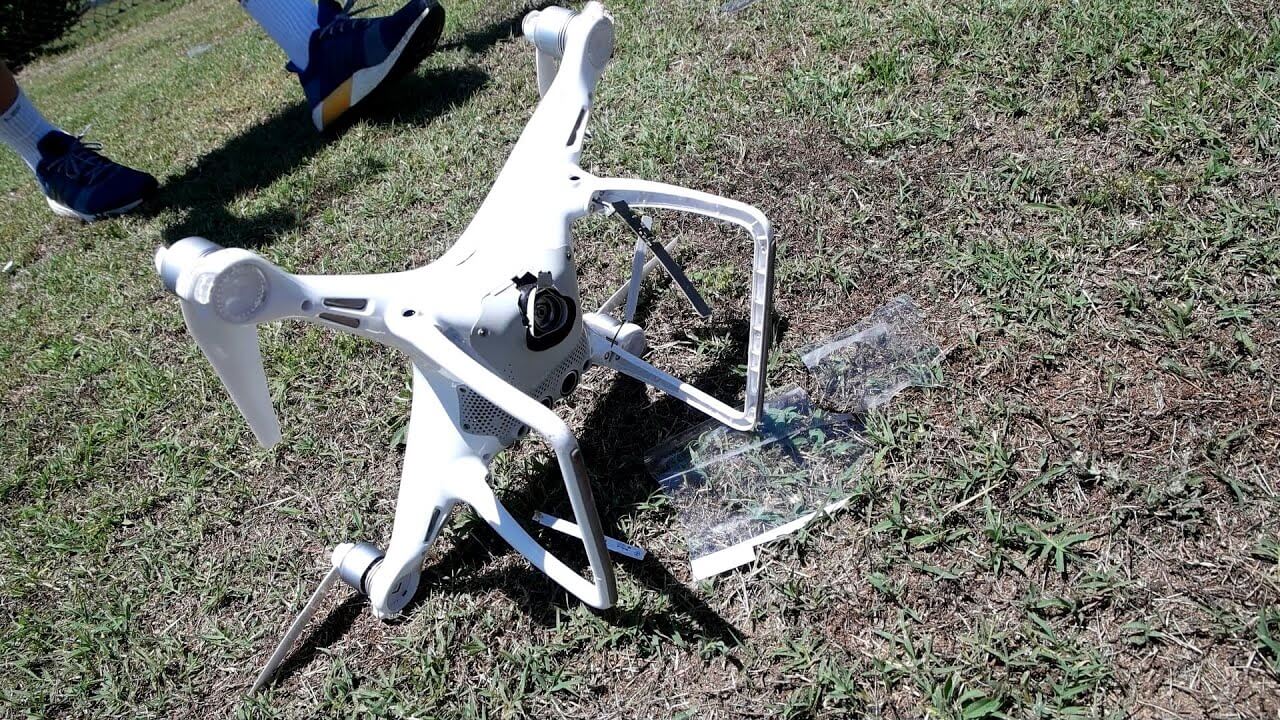
Stringent safety protocols are paramount for successful and safe drone shows. This includes comprehensive pre-flight checks, rigorous training for pilots, and adherence to established regulations. Roles and responsibilities are clearly defined among pilots, engineers, and organizers. Pilots execute the flight plan, engineers ensure the technical readiness of the drones, and organizers manage the overall logistics and safety aspects.
Drone show crashes are unfortunately becoming more common, highlighting the need for robust safety protocols. To understand best practices, check out this link for information on a florida drone show , which showcases some advanced safety measures. Learning from successful, large-scale events like this can help prevent future drone show crashes and ensure spectacular, safe displays.
Regulations vary by location, but generally cover aspects like airspace restrictions, licensing requirements, and emergency procedures.
- Pre-flight drone inspection (propellers, motors, battery levels, GPS signal)
- Communication system check (between drones and control station)
- Flight plan review and approval
- Weather assessment and contingency plans
- Emergency procedures rehearsal
- On-site safety personnel and communication channels
Consequences of a Drone Show Crash
A drone show crash can have significant financial, reputational, and legal ramifications. For organizers, the financial losses can include damage to drones, repair costs, potential legal fees, and loss of sponsorship. Reputational damage can extend beyond the immediate event, affecting future projects and partnerships. Legal consequences may include liability claims from injured parties or property damage. Insurance coverage is crucial to mitigate these risks.
| Consequence | Minor Crash | Major Crash |
|---|---|---|
| Financial Impact | Minor repair costs, potential show delay | Significant repair costs, potential show cancellation, loss of sponsorship |
| Reputational Damage | Minimal impact | Significant damage to reputation, loss of future contracts |
| Legal Ramifications | Limited liability | Potential lawsuits, significant legal fees |
Technological Advancements for Preventing Crashes
Technological advancements play a crucial role in enhancing the safety of drone shows. Redundancy systems, such as backup power sources and multiple communication channels, can mitigate the impact of individual component failures. Advanced navigation systems, incorporating GPS, IMU (Inertial Measurement Unit), and computer vision, improve flight precision and stability. Real-time monitoring and data analysis, using software to track drone positions and health metrics, allows for proactive intervention in case of anomalies.
- Real-time data from each drone is fed into a central monitoring system.
- The system analyzes data for anomalies, such as sudden changes in speed or altitude.
- If an anomaly is detected, the system alerts the pilot and ground crew.
- The pilot can then take corrective action or initiate emergency procedures.
- Post-show data analysis helps identify potential weaknesses and improve safety protocols.
Case Studies of Drone Show Crashes
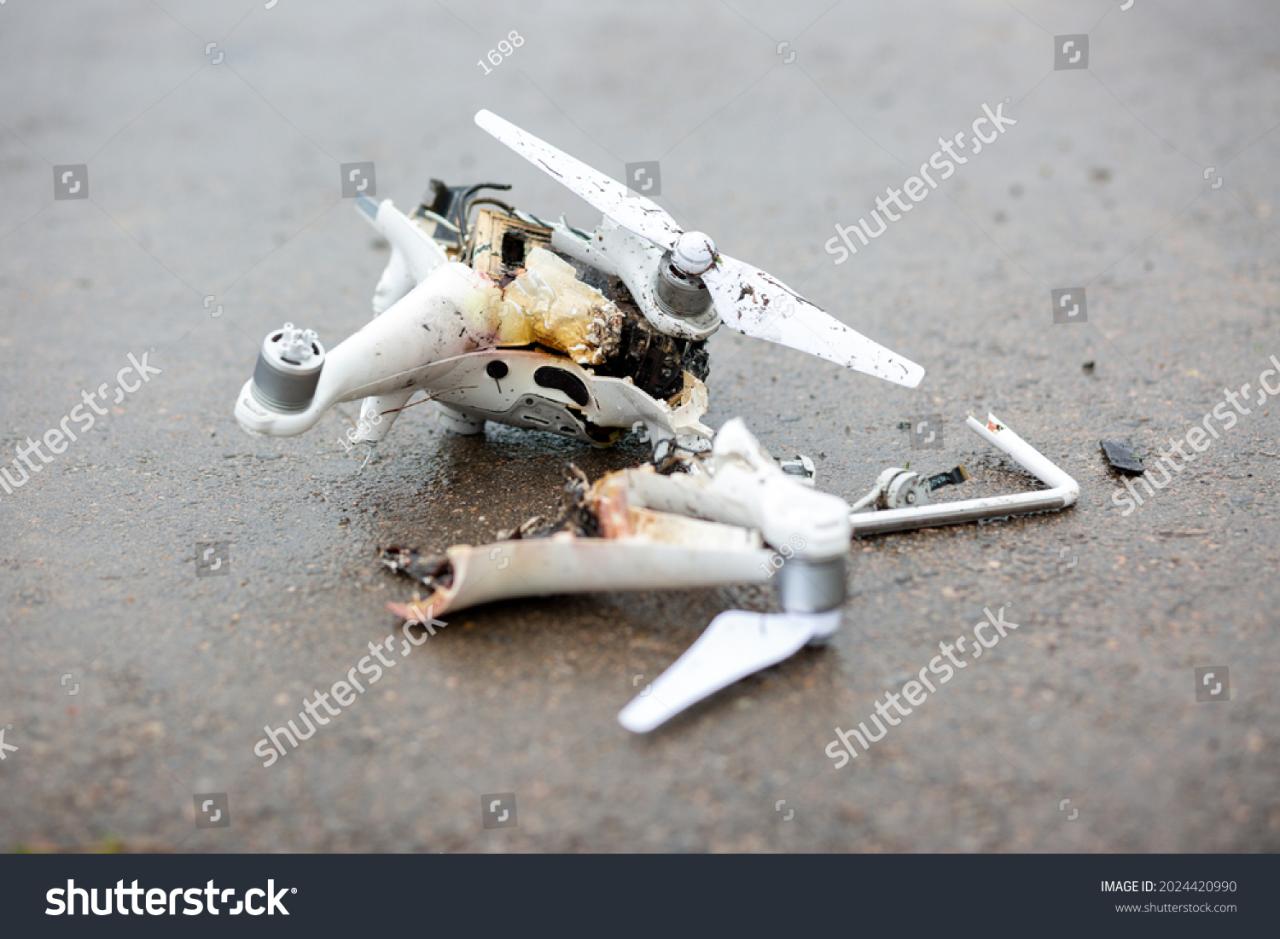
Analyzing past drone show crashes offers valuable insights into improving safety. While specific details of individual incidents are often confidential, a review of publicly available information reveals recurring themes. For example, one incident might involve a software glitch causing multiple drones to lose control simultaneously, while another might stem from a pilot error during a complex maneuver in challenging weather conditions.
A third case could highlight the importance of robust communication systems when a single point of failure leads to a cascade of problems.
Drone show crashes are unfortunately becoming more common, highlighting the need for robust safety protocols. To see what a well-executed show looks like, check out the amazing displays at this florida drone show , which offers a great example of how to avoid such mishaps. Learning from both successes and failures helps improve drone show safety and prevents future crashes.
- Improved software testing and validation procedures.
- Emphasis on pilot training and certification.
- Development of more robust redundancy systems.
- Importance of comprehensive pre-flight checks and weather monitoring.
A major crash could involve a spectacular, chaotic descent of numerous drones, potentially causing property damage or even injuries. Imagine a cascade of flashing lights falling from the sky, creating a jarring and unsettling visual impact. A smaller incident might involve a single drone malfunctioning and falling harmlessly to the ground, causing minimal disruption to the show.
Conclusion: Drone Show Crash
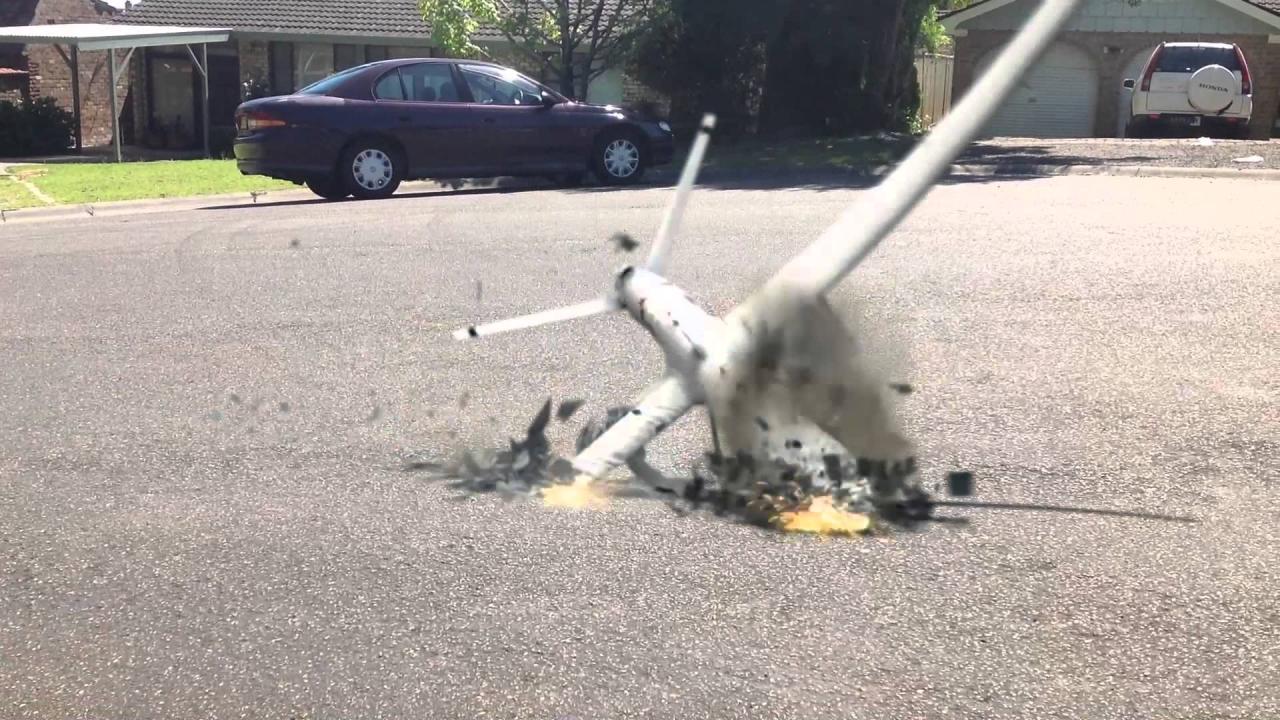
Ultimately, preventing drone show crashes requires a multi-faceted approach encompassing robust safety protocols, advanced technology, skilled operators, and strict adherence to regulations. By understanding the potential risks, implementing preventative measures, and learning from past incidents, we can strive towards a future where drone shows continue to amaze and entertain without compromising safety. The breathtaking beauty of these aerial displays should never come at the cost of potential harm or disaster.
FAQ Section
What is the average cost of a drone lost in a show crash?
The cost varies greatly depending on the drone model and its features. Expect a range from a few hundred to several thousand dollars per drone.
What insurance options are available for drone show organizers?
Drone show crashes are unfortunately becoming more common, highlighting the need for rigorous safety protocols. To see what a well-executed show looks like, check out the amazing displays at the florida drone show ; their success underscores the importance of planning and expertise. Learning from both successes and failures is key to preventing future drone show crashes.
Liability insurance specifically covering drone show operations is crucial. Consult with insurance brokers specializing in aviation or event insurance for tailored coverage.
Can spectators be injured by a falling drone?
Yes, falling drones can cause serious injury. Safety zones and crowd control are paramount.
Are there specific certifications needed to operate drones in a show?
Regulations vary by location. Pilots usually require specialized certifications and licenses beyond basic drone operation permits. Check local aviation authorities.
